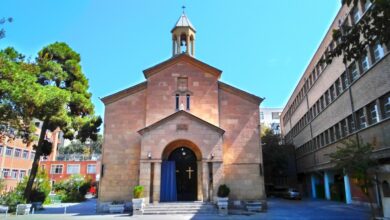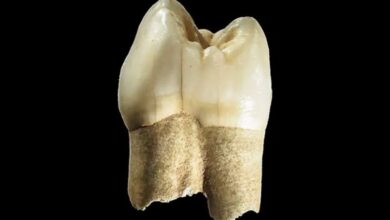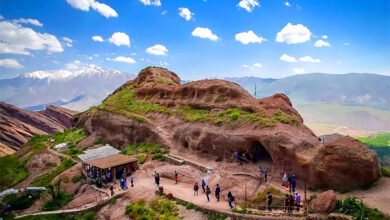Cantor Church of Qazvin
A Testament to Architectural Beauty and Cultural Heritage
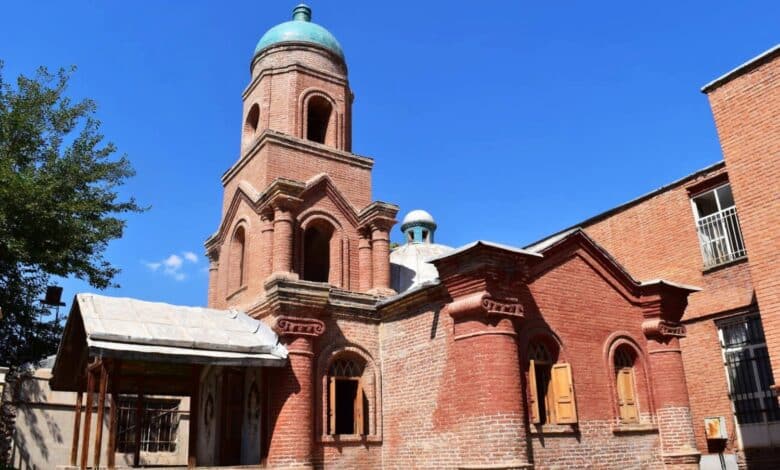
Explore the fascinating Cantor Church of Qazvin, a highlight of Russian Orthodox architecture in Iran. Built in 1905, this church served Russian engineers working on road projects in the Qajar era. It showcases the enduring ties between Iran and Russia.
With its cruciform shape and altar facing east, the church mirrors traditional Orthodox designs. You enter through gates marked with crosses, arriving at a breathtaking three-story bell tower topped with a simple dome.
The Cantor Church, or “Kantur Church,” derived its name from the area where it is situated. Its construction was part of a broader initiative during Naser al-Din Shah Qajar’s reign, reflecting Iran’s increasing interactions with foreign powers and their influence on the country’s infrastructure and architecture.
The church’s architecture is a fascinating blend of traditional Russian Orthodox designs with local influences, making it a unique sight in Iran.
Contents
Architecture
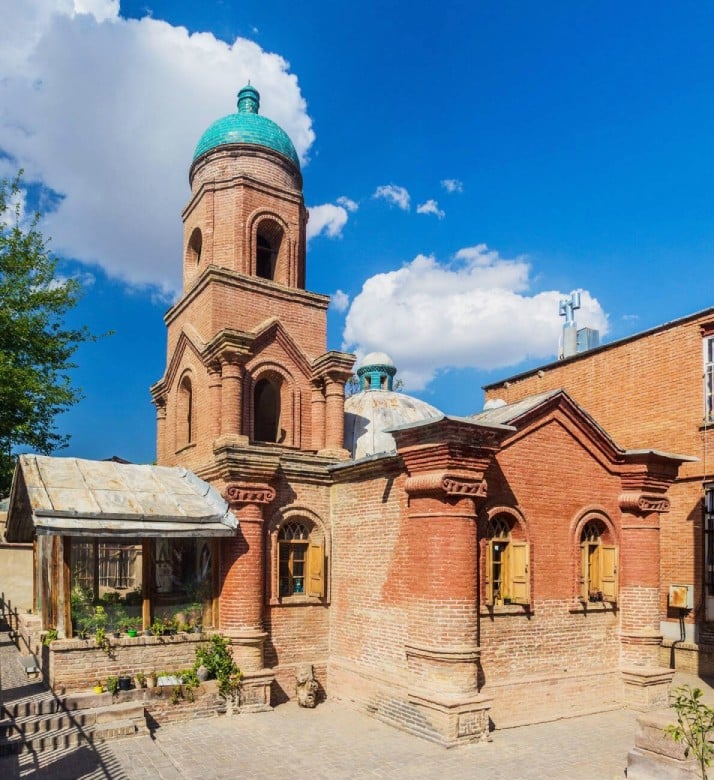
The Cantor Church of Qazvin showcases a unique blend of architectural elements that reflect its Russian Orthodox heritage and the local Iranian influence. Following a cruciform plan, this design feature is typical in many churches, ensuring the altar faces eastward towards Jerusalem, symbolizing the direction of prayer and the coming of Christ. The entrance, distinctively marked by walls adorned with crosses, invites visitors into an architectural marvel that bridges cultures and histories.
A striking three-story bell tower, crowned with a modest dome, stands as a testament to the church’s Russian roots, welcoming visitors with its imposing presence. Inside, the chapel’s layout, with the altar flanked by two rectangular sections, embodies traditional Orthodox design principles. The altar’s semi-circular apse, capped with a dome, creates a focal point for the interior’s spiritual and architectural journey.
The church’s use of red bricks and ornamental columns not only enhances its exterior appeal but also embeds the structure within the local architectural vernacular, making it a standout landmark in Qazvin. This architectural gem, built during the reign of Naser al-Din Shah Qajar, illustrates the era’s openness to foreign influence and the cross-cultural exchanges that enriched Iran’s architectural landscape.
The Cantor Church’s design, materials, and construction details not only highlight its religious significance but also its role as a cultural bridge, blending Russian Orthodox architectural traditions with the rich heritage of Iran. This harmonious fusion makes the church a captivating site for both history enthusiasts and architectural admirers, symbolizing a confluence of faiths and traditions in the heart of Iran.
Historical Insights
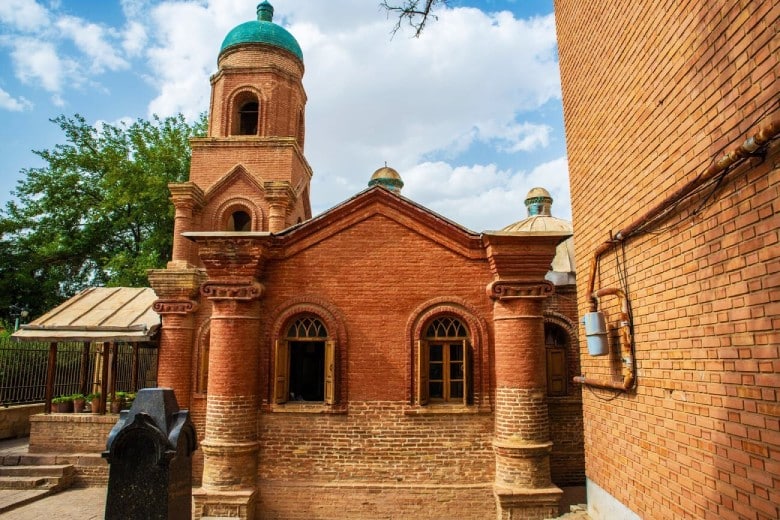
The church’s foundation was laid during a period when road construction was gaining momentum in Iran, following Naser al-Din Shah’s travels to Europe.
The project, including the road from Anzali to Qazvin, was undertaken by a Russian company, symbolizing the growing Russian influence in Iran. This backdrop adds a layer of historical depth to the church, connecting it to significant events in Iran’s modernization efforts.
Visiting Cantor Church
Best Time to Visit: Spring emerges as the ideal season to explore the Cantor Church, thanks to Qazvin’s moderate and pleasant climate during this time. Visitors can enjoy comfortable weather, making it easier to explore not just the church but also the surrounding city.
Accessibility: The church is open daily from 9 AM to 8 PM, offering ample time for visitors to explore its architectural beauty and historical significance. Remarkably, there is no entrance fee, making it an accessible option for all visitors.
Location and Directions: Situated on Ayatollah Taleghani Street, near Daraei Street in Qazvin, the church is easily reachable from various parts of the city. A straightforward route from Valiasr Square in Qazvin to the church ensures that visitors can find this hidden gem without any hassle.
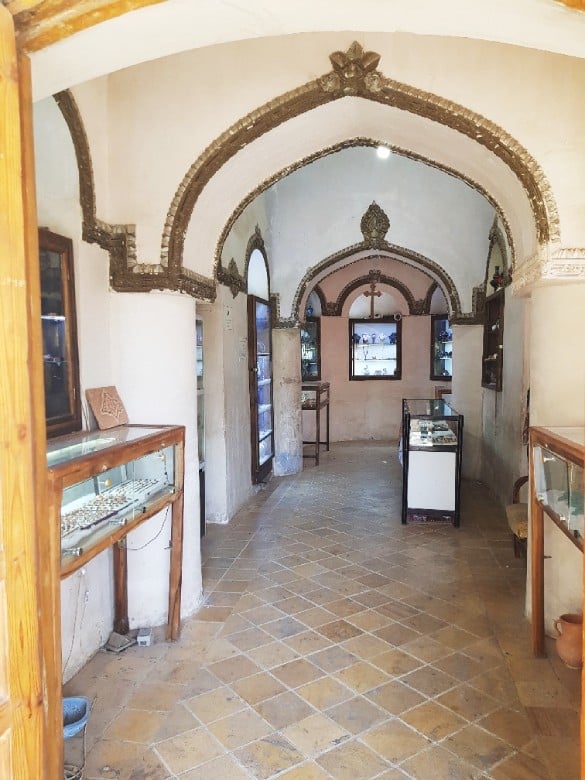
Conclusion
The Cantor Church in Qazvin is more than just a place of worship; it is a bridge connecting different cultures and histories. Its unique architecture and rich historical background make it a must-visit for anyone interested in Iran’s diverse cultural heritage. Whether you’re a history enthusiast, an architecture aficionado, or simply a curious traveler, the Cantor Church offers a peek into a fascinating chapter of Iran’s past, making it a worthy addition to your travel itinerary.
BOOK ONLINE
Iran Hotels Online
Exploring this church not only provides insights into the architectural and historical intricacies of Qazvin but also offers a serene and reflective space amidst the hustle and bustle of modern life. As you plan your visit, remember that the Cantor Church stands as a symbol of cultural exchange and architectural beauty, inviting visitors to delve into its storied past and appreciate its timeless appeal.
Read More

